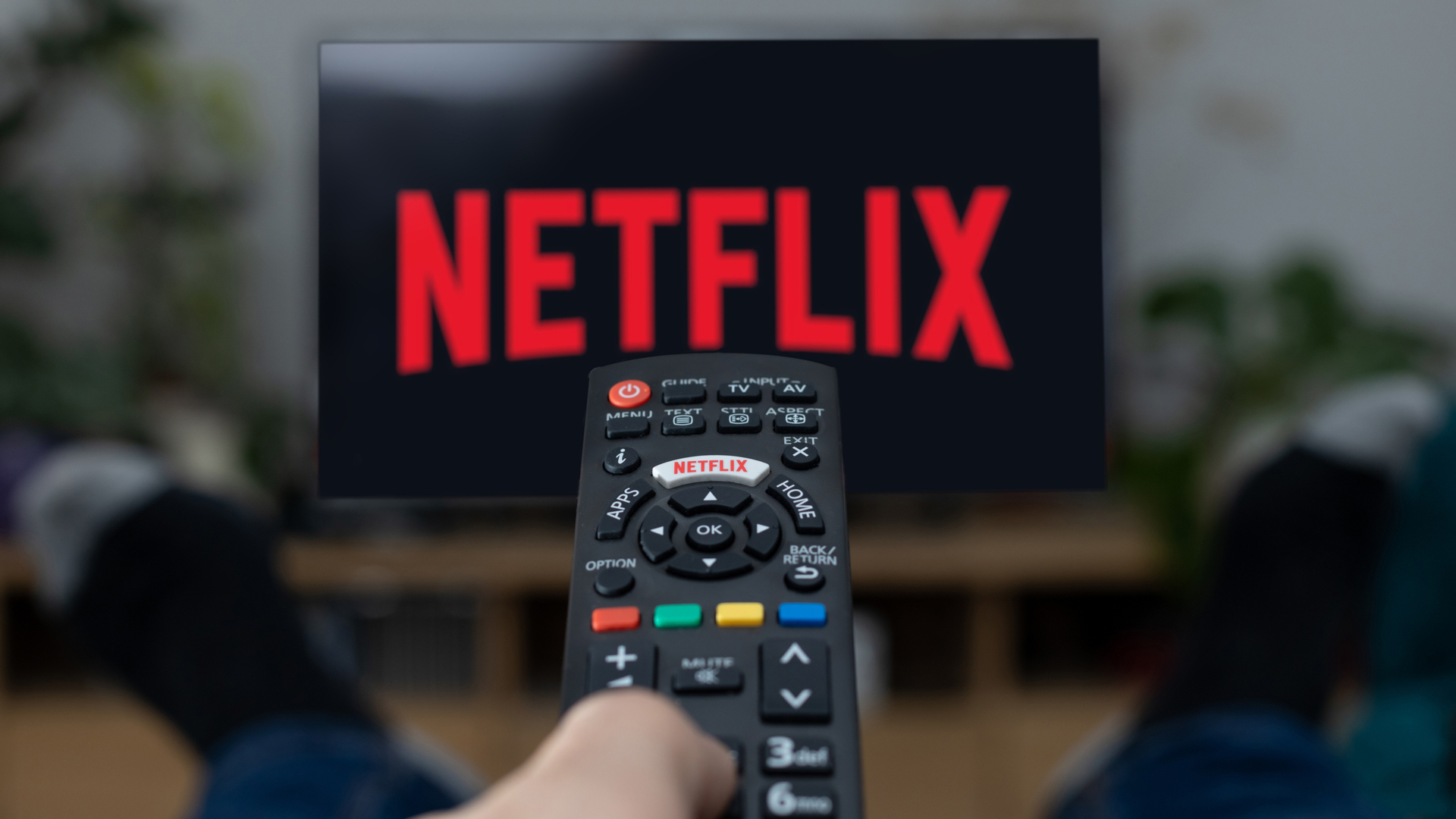Which Netflix plan is best for you?
With or without ads? Standard and Premium compared

- Netflix plans start at £4.99 / $6.99 / AU$7.99 per month
- Ad-free 4K HDR costs £17.99 / $22.99 / AU$25.99 per month
- Some plans allow account sharing for an extra monthly fee
Which Netflix plan is the best? If you're planning to sign up for Netflix but don't know which plan is the best one, we're here to help.
When Netflix first launched, there was just one plan for everybody. But as Netflix got more popular – subscriber counts soared in 2020 during the pandemic, from 140 million paying subscribers using the TV streaming service in 2019 to roughly 209 million global paid memberships in Q2 2021 – the streamer decided that it was time for a change. It upped the prices for all but the cheapest plan in late 2019, and that didn't seem to impact subscriber growth at all – so Netflix has continued to change what it offers and what it costs.
Netflix now offers three plans: Standard With Ads, Standard, and Premium. Standard With Ads is the cheapest, so if that's your only consideration that's the one you want. But there are some key differences between that plan and Netflix's other two tiers, and some of those differences might make you want to take out one of the more expensive options.
In this guide, we'll show you exactly what each plan offers for your money: what you can watch, where you can watch it, what quality it'll come in and who you can watch it with.
Netflix plans and pricing breakdown
Netflix Standard With Ads Plan: for the cost-conscious

You can’t go wrong with the Standard With Ads plan. At only £4.99 / $6.99 / AU$7.99 a month, it’s a steal for access to thousands of titles through the Netflix platform. You get unlimited access to the same best Netflix movies and best Netflix shows, and the like as with the other plans – with a few restrictions. Some shows aren't available on the with-ads plan for contractual reasons, although all the big hits are here.
You don’t get 4K Ultra HD resolution on this plan, meaning that your laptop, phone or television won’t stream any higher than Full HD (high definition). The most you’ll get is 1,920 x 1,080 pixels, which is half the quality of 4K/ Ultra HD quality (3,840 x 2,160). Some older Netflix content was filmed in SD – especially titles such as The Office. But HD is considered the standard for most new television produced today and all recent Netflix content is in HD or better.
Standard With Ads lets you stream to two screens at a time and download to two devices, though you can still have more than two user profiles on the one account. You cannot share your account with people who don't live under the same roof, or in your Netflix Household, and there's no way to add people who don't live with you since Netflix's password-sharing crackdown.
Netflix Standard Plan: the best option for most people

The Standard (without ads) plan is a solid compromise between the three plans, and costs just over twice as much as Standard With Ads at £10.99 / $15.49 / AU$18.99 per month. The Premium plan is even more expensive so we think that the Standard plan is likely to be the best option for most viewers.
As with the Standard With Ads plan you can watch titles in HD, which will be 720p for some titles (the minimum HD standard) and 1080p for others. Most titles on Netflix will benefit from HD viewing, though you’ll need a decent internet connection to run consistently in HD.
You can also stream to two screens at any one time and download to two devices meaning your flatmate in the other room doesn’t have to pause Yellowjackets so you can catch up on The Great British Baking Show.
With the Standard plan you can add one extra person to your account if they don't live under the same roof as you. An extra member slot is £4.99 / $7.99 / AU$7.99 per month on top of your existing Standard subscription. You can't have more than one extra member at a time.
Netflix Premium Plan: for families, or finer tastes

The Premium plan is the most expensive of the three, at £17.99 / $22.99 / AU$25.99 per month.
The main draw here is Ultra HD streaming with HDR visuals and Spatial Audio surround sound, meaning you can watch all the 4K-ready content on Netflix the way it was meant to be seen. Naturally if you don’t have a 4K TV or 4K monitor, this will be somewhat wasted on you, so make sure you have devices that are able to play the resolution of the plan you’re going for.
This plan also allows you to stream to a total four screens simultaneously and download to 6 devices: perfect for large families or crammed flat-shares, regardless of whether you can stream in 4K or not.
You can add two extra members to your Premium plan, for example so the kids can use your account when they're at university. Extra member slots are £4.99 / $7.99 / AU$7.99 per month on top of your Premium subscription
How to choose which Netflix plan is best for you: FAQs
How much is Netflix?
Netflix has three plans with different pricing and each plan comes with different costs, different levels of image quality, and availability on an increasing number of screens as you go up the ladder.
The cheapest plan, Standard With Ads, is £4.99 / $6.99 / AU$7.99 per month and streams in 1080p HD.
Standard is £10.99 / $15.49 / AU$25.99 a month and removes the ads.
Premium is also ad-free and streams in up to 4K HDR with Spatial Audio. That's £17.99 / $22.99 / AU$25.99 per month.
Can I watch Netflix for free?
Not directly: Netflix no longer offers free trials. However, Netflix sometimes comes bundled with other products, such as mobile phone contracts. The version in those bundles tends to be Standard With Ads.
Does Netflix have an annual plan?
No. Unlike many rival services there isn't a money-saving annual subscription: all of Netflix's plans are monthly subscriptions only.
Which Netflix plan should I get?

That answer’s down to you. If you won’t use Netflix much, or want to subscribe in tandem with some other best streaming services, the Standard With Ads plan is a sensible bet to save some cash. But if you’re sharing with several people or care about the picture quality, the Standard and Premium plans may be a better option.
If you want to share your account with someone who doesn't live with you, you can't do that on the Standard With Ads plan. You can add extra members to Standard and Premium plans – one for Standard and up to two for Premium – but that does make your monthly subscription considerably more expensive. It's cheaper for them to have their own Standard With Ads plan instead.
Ready to take out a subscription? Read our guide for how to sign up to Netflix to get started.
Sign up for breaking news, reviews, opinion, top tech deals, and more.
You might also like
- Disney Plus vs Netflix: could Disney topple the streaming giant?
- Hulu vs Netflix: which streaming platform is better?
- Netflix vs Prime Video: how do the streaming services compare?

Henry is a freelance technology journalist, and former News & Features Editor for TechRadar, where he specialized in home entertainment gadgets such as TVs, projectors, soundbars, and smart speakers. Other bylines include Edge, T3, iMore, GamesRadar, NBC News, Healthline, and The Times.